Syri i Kalter (Blue Eye)
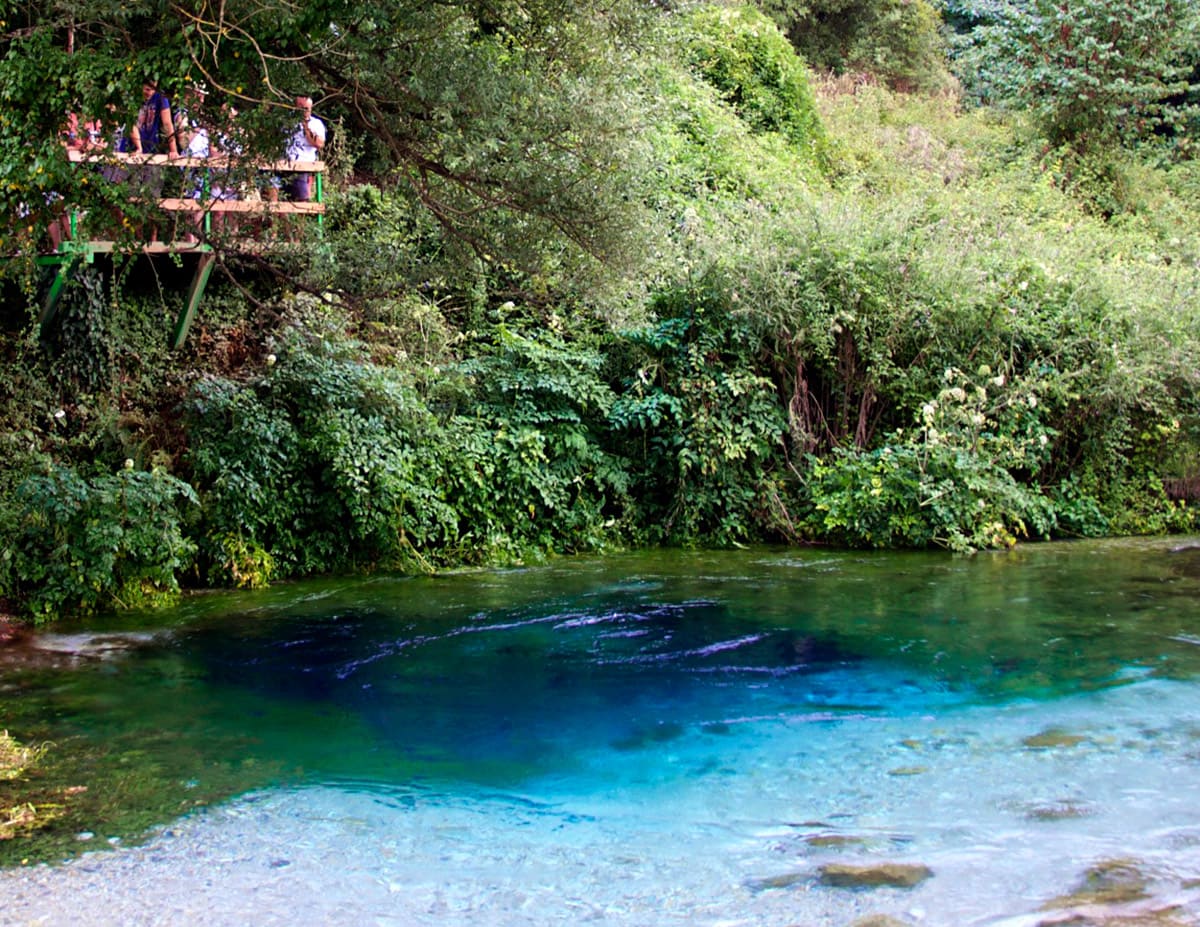
The most powerful spring in the country, it is a dark blue natural pool that discharges 6,000 l/s from more than 50 meters down.
Kefrida Falls
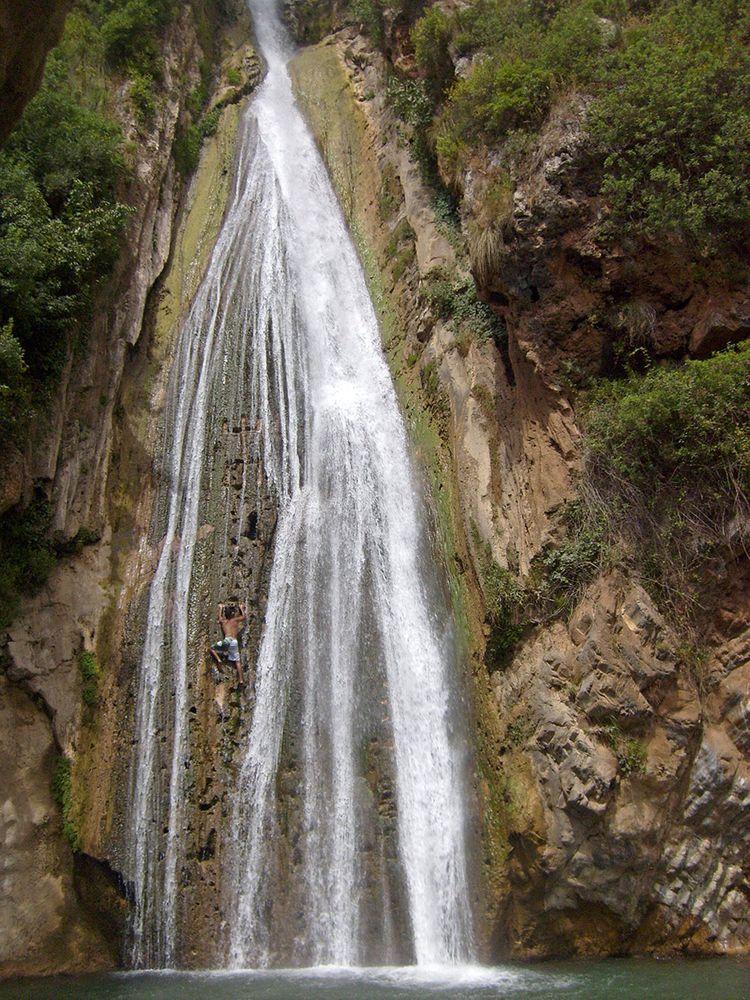
Some 44 m tall waterfall, lowest of three major waterfalls on Kefrida stream.
Ventas Rumba (Venta Rapids)
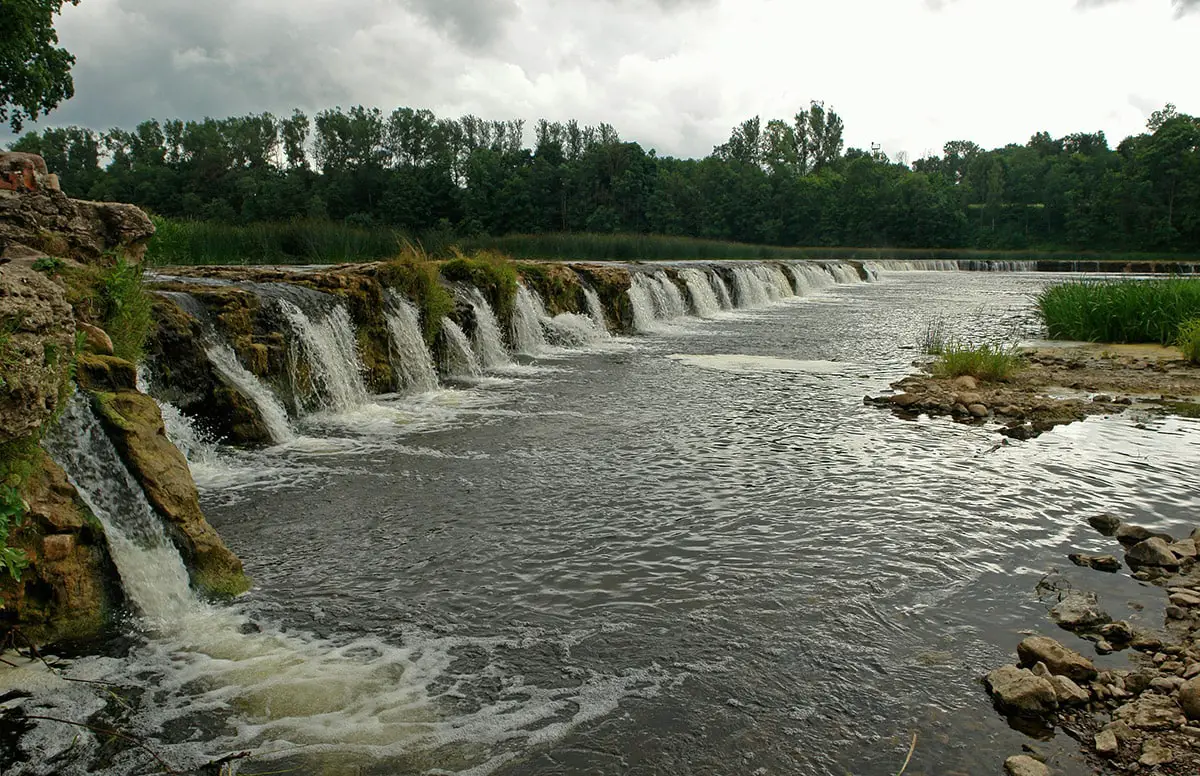
Widest and most impressive waterfall in Latvia. The width of this 1.6 – 2 m high waterfall is 270 – 275 m.
North-Western solfatara field of Shiashkotan
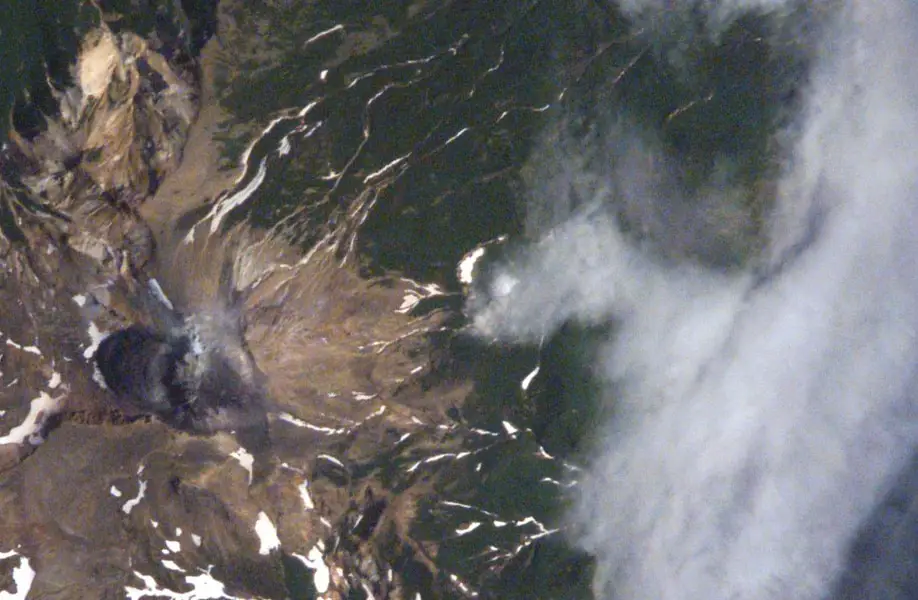
An interesting geothermal field where in 2007 was discovered a geyser-like spring named "Chornij Drakon" (Black Dragon). Here is located also a spouter "Geizernij" that on a regular basis spurts 1 – 1.5 m high jet of gas and water.
Spring tufa, travertine and other formations
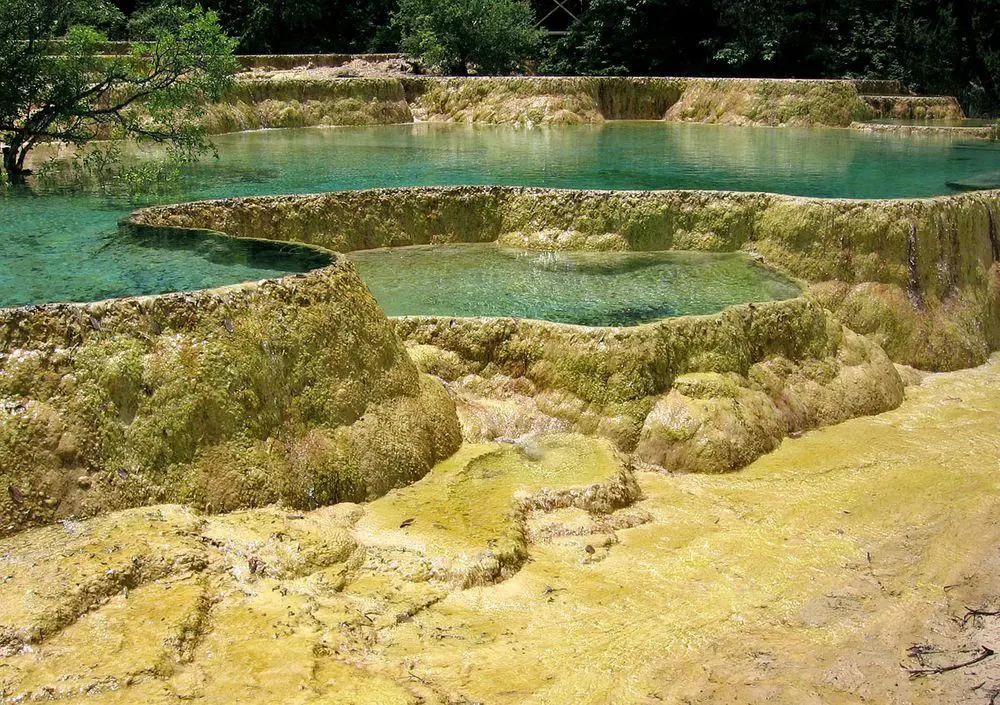
Wondermondo 🢖 Categories of wonders 🢖 Geological wonders 🢖 Springs 🢖 Spring tufa, travertine, and other formations Category Spring tufa, travertine, and other formations Described spring tufa, travertine and other formations What is included in this category? This category includes very diverse landmarks which have one thing in common: all of them are created by springs that are depositing chemical sediments – silica, […]
Gorham’s Cave
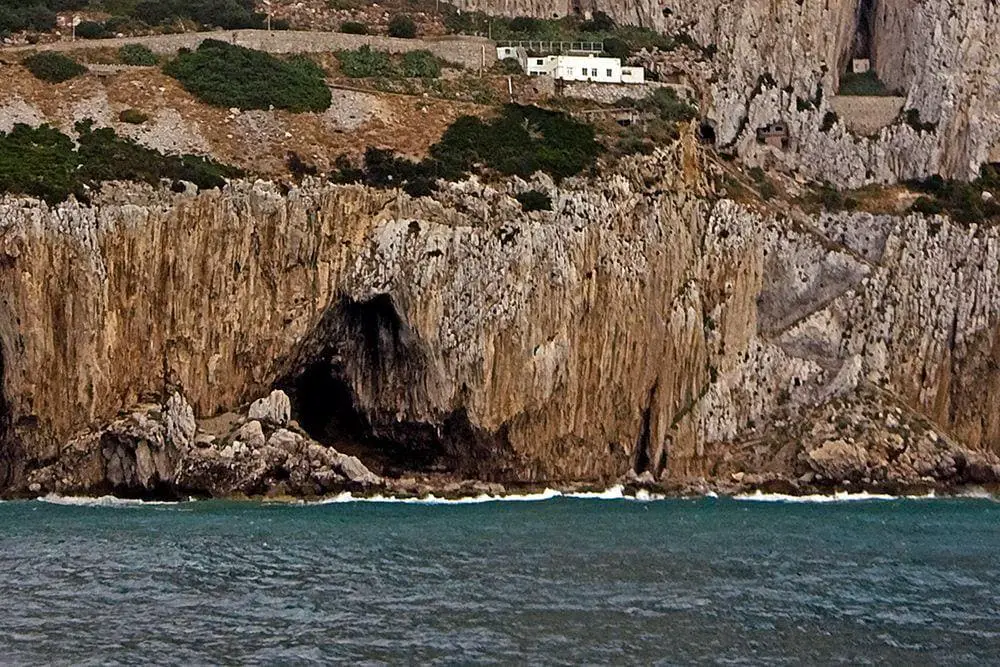
One of four caves in Gorham’s Cave complex. Cave has formed in Jurassic limestone and has an 18 m thick layer of sediments that contain very important finds including the latest find of Neanderthals who lived here 60 – 24 thousand years ago when the sea was far away from the cave and the area was rich with resources. This is the last known settlement of Neanderthals in the world. The time of their habitation includes an incision of eight lines, made at least 39,000 years ago, most likely made by Neanderthals – the oldest known abstract drawing in the world. 23 thousand years ago here started to live modern humans, who left some paintings on the walls of the cave. Phoenicians and Carthaginians used this cave as their shrine, leaving offerings here.
Risco Waterfall
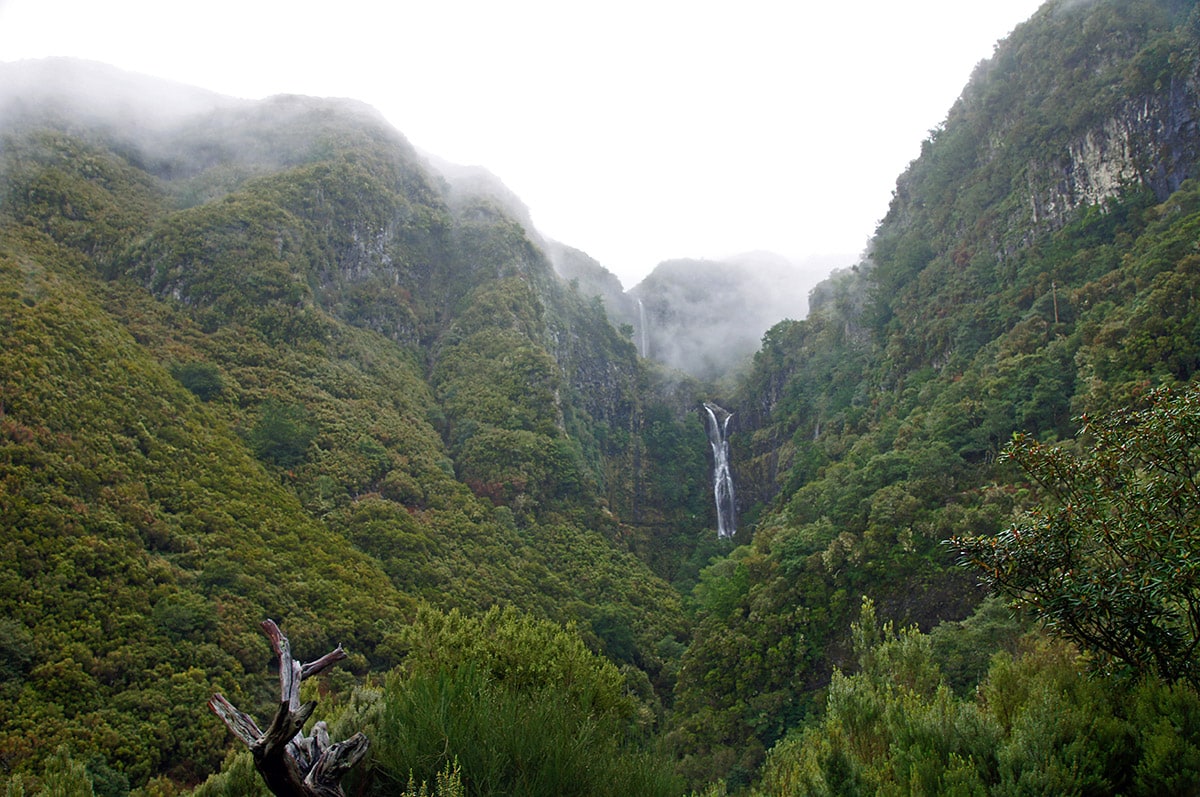
Approximately 100 m tall waterfall.
Bala’a sinkhole (Baatara sinkhole) and waterfall
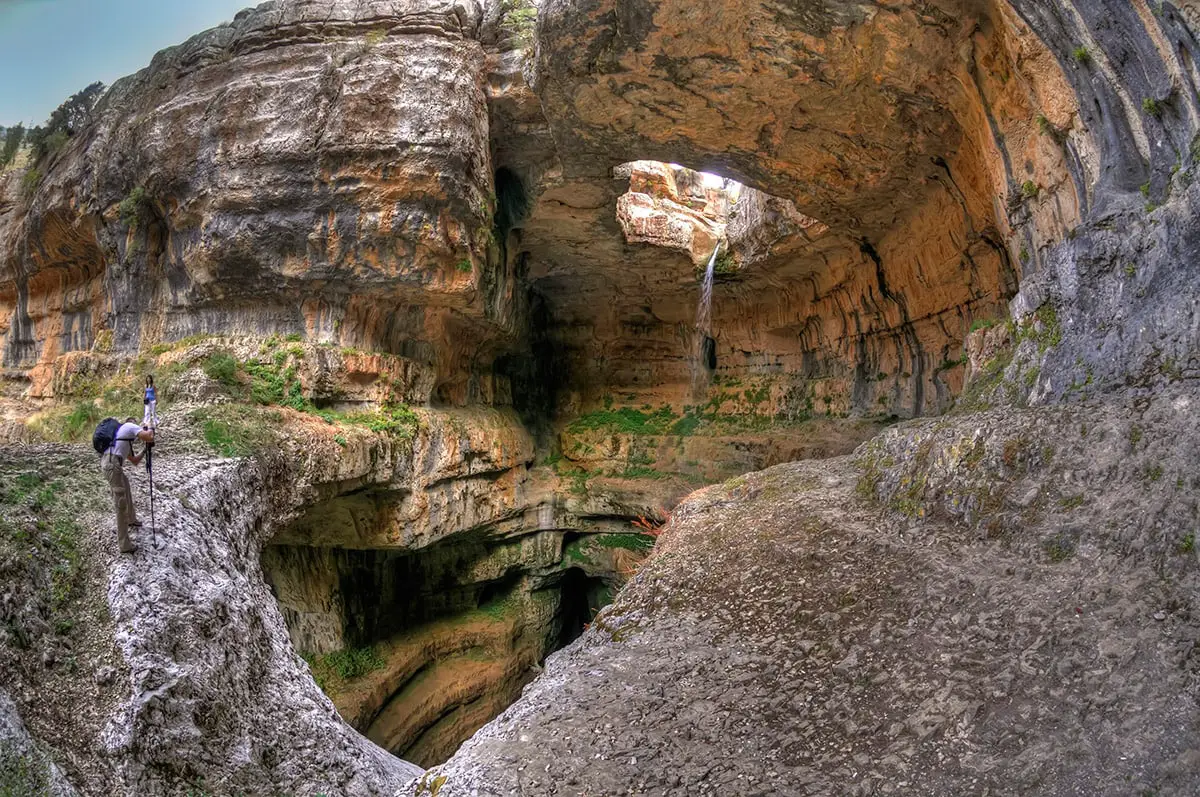
Approximately 255 m deep, nearly vertical cave with waterfall in it. The entrance in the cave is some 70 m deep sinkhole. Here waterfall has percolated one side of sinkhole, creating three natural bridges one above the other. Waterfall disappears underground.
Mingora emerald mines (Swat emeralds)
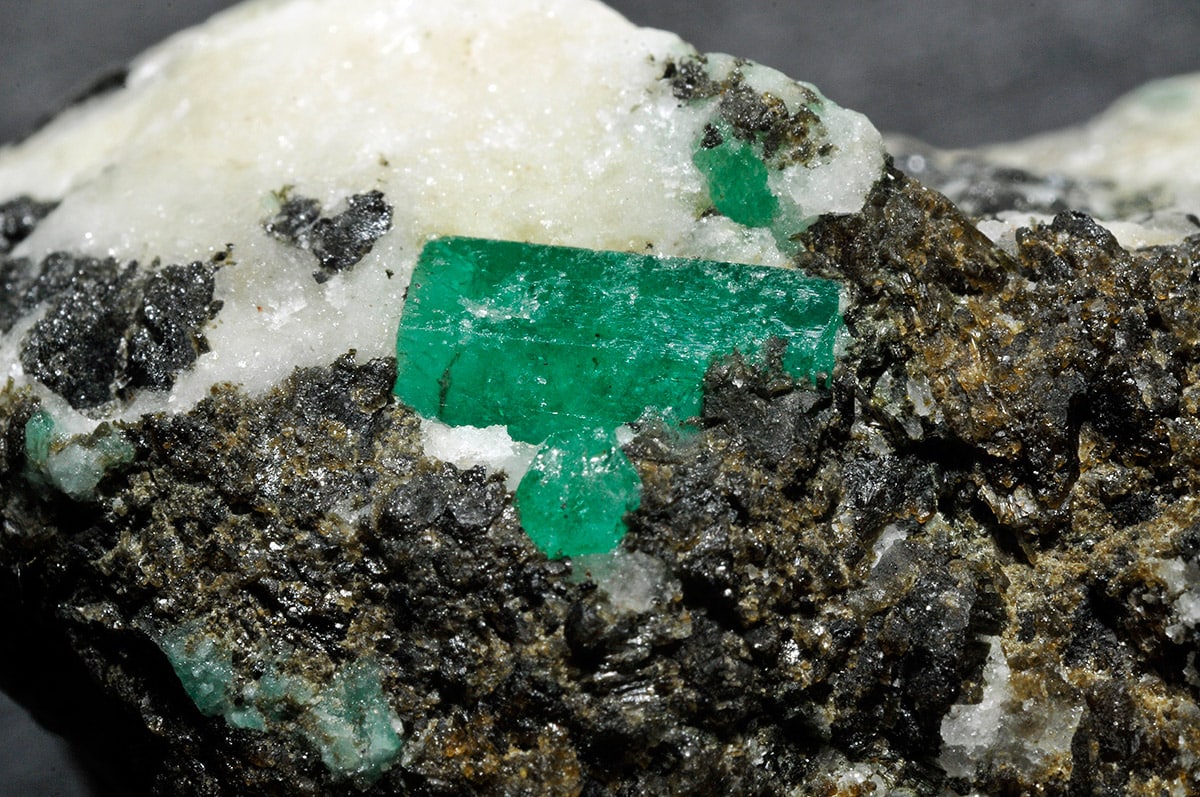
Mines of small high-quality emeralds, some of the best in the world. Emeralds are mined here since antiquity.
Rabbitkettle Tufa Mounds
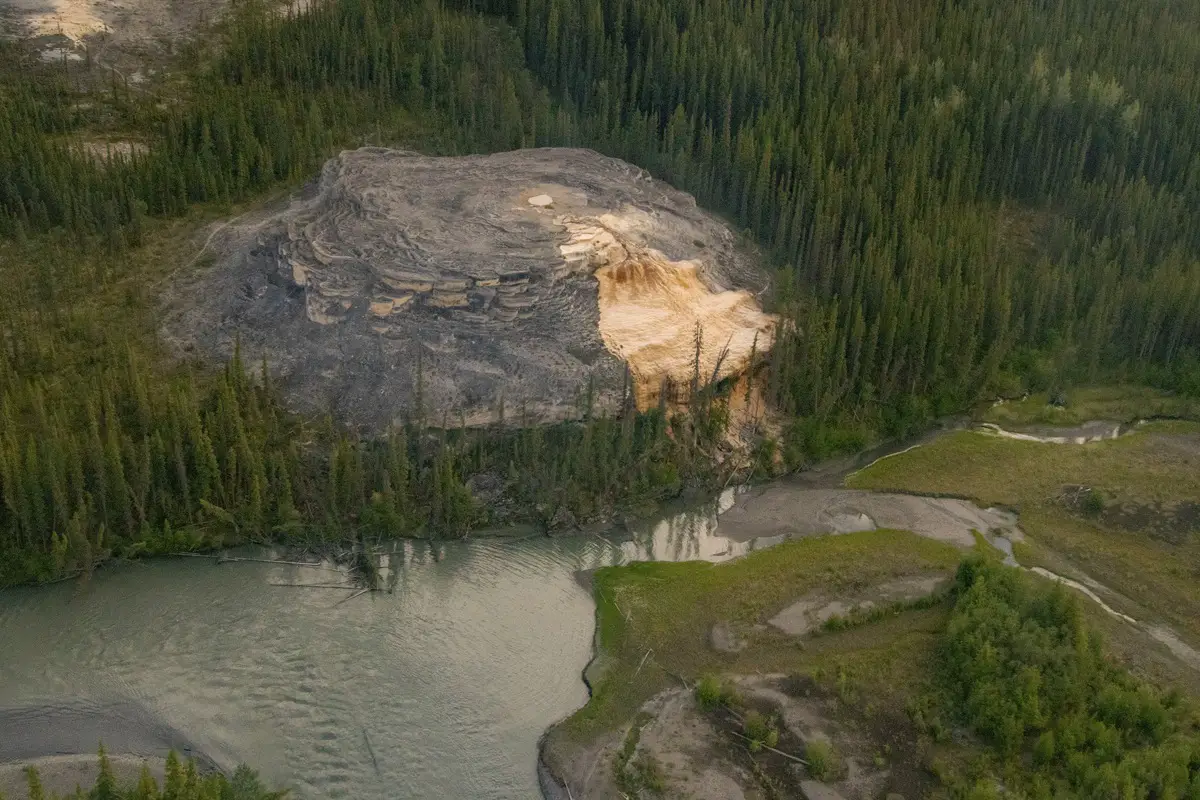
Two tufa and travertine mounds, the largest is 27 m high and 79 m wide. These mounds have been formed by warm thermal springs (21°C) and consist of numerous smaller rimstone pools.
